Hola una vez más.
Hi again.
Hi again.
En el siguiente enlace podéis ver nuestros próximos viajes fotográficos y de observación de aves y mamíferos nacionales y al extranjero. Espero que os gusten y os animéis a venir conmigo. Una experiencia que nunca olvidareis.
In the following link you can see our next national and foreign Birds and Mammals photographic and observation trips. I hope you like them and I encourage you to come with me. An experience that you will not forget.
Esta semana el blog es sobre nuestro viaje organizado a los estuarios del Tajo y del Sado en Portugal que realizamos del 6 al 9 de noviembre. También visitamos los Cabos Da Roca y Raso.
This week the blog is about our organized trip to the Tagus and Sado estuaries in Portugal that we did from November 6th to 9th. We also visit Capes Da Roca and Raso.
El tiempo fue muy bueno durante los cuatro días del viaje con unas temperaturas muy agradable y lució el sol durante todos los días.
The weather was very good during the four days of the trip with very pleasant temperatures and the sun shone every day.
Después del viaje hasta Vila Franca de Xira, ciudad cercana a Lisboa y en donde nos alojamos todos los días de la excursión visitamos la parte sureste del Estuario del Tajo. Lo que más me llamó la atención fue la tremenda concentración de moritos comunes (Plegadis
falcinellus) que allí había. Al principio pensé que las nubes que veíamos en el cielo correspondían a estorninos pero cuando miré con los prismáticos me encontré con que eran miles de moritos.
After the trip to Vila Franca de Xira, a city near Lisbon and where we stayed every day of the excursion, we visited the southeast part of the Tagus Estuary. What most caught my attention was the tremendous concentration of Glossy
Ibis that were there. At first I thought that clouds that we saw in the sky corresponded to Starlings but when I looked through the binoculars I found that there were thousands of Glossy
Ibis.
También había algunas avefrías europeas (Vanellus
vanellus).
There were also some Northern
Lapwing.
Cigüeñas blancas (Ciconia
ciconia).
White
Storks.
Y muchas gaviotas, en su mayoría Gaviotas sombrías (Larus fuscus) y gaviotas reidoras (Chroicocephalus
ridibundus).
And lots of gulls, mostly Lesser
Black-backed Gull and Black-headed
Gull.
El primer elanio común (Elanus
caeruleus) del viaje.
The first Black-shouldered
Kite of the trip.
Por último visitamos el centro Evoa, un lugar muy recomendable para visitar que consta de varios observatorios que dan a diversas lagunas. En la foto un grupo de ánades rabudos (Anas
acuta).
Finally we visit the Evoa center, a highly recommended place to visit that consists of several observatories that overlook various lagoons. In the photo a group of Northern Pintail.
Aguilucho lagunero occidental (Circus
aeruginosus).
Eurasian Marsh
Harrier.
Otro.
Another one.
Garceta común (Egretta
garzetta).
Little
Egret.
Pudimos ver varios calamones comunes (Porphyrio
porphyrio).
We were able to see several Purple Gallinule.
Que bonitos son.
How beautiful they are.
Chorlitos grises (Pluvialis
squatarola).
Grey
Plover.
En esta foto la especie anterior con una avefría europea (Vanellus
vanellus).
In this photo the previous species with a Northern
Lapwing.
Y en esta otra foto las dos especies anteriores y hay que añadir unos cuantos chorlitejos grandes (Charadrius
hiaticula).
And in this other photo the two previous species and we must add a few Great
Ringed Plovers.
Agachadiza común (Gallinago
gallinago).
Common
Snipe.
En la última laguna había una gran cantidad de cercetas comunes (Anas
crecca).
In the last lagoon there were a large number of Common Teals.
Solo recuerdo haber visto tantas ya hace unos cuantos años en la Laguna de Abajo de Doñana, también por estas fechas, y que estaba llena de agua.
I only remember seeing so many a few years ago in the Laguna de Abajo at Donana, also at this time, and that it was full of water.
Un grupo de tarros blancos (Tadorna
tadorna).
A Common Shelduck flock.
Y este otro de agujas colinegras (Limosa
limosa).
And this other one of Black-tailed
Godwit.
Un mosquitero común (Phylloscopus
collybita).
A Common
Chiffchaff.
Y ya al atardecer vinieron varios grupos de espátula común (Platalea
leucorodia) a pasar la noche en las lagunas.
And at dusk, several Eurasian
Spoonbill flocks came to spend the night in the lagoons.
El segundo día ya con más tiempo visitamos varios de los mejores sitios de observación del estuario del Sado. Os muestro algunas de las aves que vimos en este estuario.
On the second day with more time we visited several of the best observation sites in the Sado estuary. I show you some of Birds we saw in this estuary.
Andarríos chico (Actitis
hypoleucos).
Common
Sandpiper.
Un archibebe claro (Tringa nebularia).
A Greenshank.
Archibebe común (Tringa
totanus).
Common
Redshank.
Vuelvepiedras común (Arenaria
interpres).
Turnston.
Correlimos común (Calidris
alpina).
Dunlin.
Una pareja de águilas pescadoras (Pandion
haliaetus).
A pair of Osprey.
Gaviota reidora (Chroicocephalus
ridibundus).
Black-headed
Gull.
Abubilla europea (Upupa epops).
Eurasian Hoopoe.
Tarabilla europea (Saxicola rubicola).
Common
Stonechat.
Aguja colinegra (Limosa
limosa).
Black-tailed
Godwit.
Garceta grande (Egretta
alba).
Great
White Egret.
Avoceta común (Recurvirostra
avosetta).
Pied Avocet.
Cormorán grande (Phalacrocorax
carbo).
Great
Cormorant.
Cigüeñuela común (Himantopus
himantopus).
Black-winged
Stilt.
Flamenco común (Phoenicopterus
ruber) joven.
Juvenile Greater
Flamingo.
Adulto.
Adult.
Elanio común (Elanus
caeruleus).
Black-shouldered
Kite.
Avoceta común (Recurvirostra
avosetta).
Pied Avocet.
Aguja colinegra (Limosa
limosa).
Black-tailed
Godwit.
Garceta grande (Egretta
alba).
Great
White Egret.
Espátula común (Platalea
leucorodia).
Eurasian
Spoonbill.
Por la tarde visitamos los arrozales del sur del estuario.
In the afternoon we visit the rice fields in the south of the estuary.
Un bonito cisticola buitrón (Cisticola
juncidis).
A beautiful Zitting
Cisticola.
Y al igual que en el estuario del Tajo había cientos de moritos comunes (Plegadis
falcinellus).
And as in the estuary of the Tagus there were hundreds of Glossy
Ibis.
Flamencos comunes (Phoenicopterus
ruber).
Greater
Flamingos.
Cigüeña blanca (Ciconia
ciconia).
White
Stork.
Me gusta mucho ver como las cigüeñas despliegan sus patas para reducir su velocidad y poder bajar más deprisa.
I really like to see how the storks spread their legs to reduce their speed and be able to go down faster.
Y más moritos comunes (Plegadis
falcinellus).
And more Glossy
Ibis.
El tercer día visitamos el cabo da Roca y Cabo Raso. En la foto el de da Roca. Un impresionante lugar con unas vistas espectaculares sobre el océano Atlántico. Además es el punto más occidental de la Europa continental.
On the third day we visit Cape da Roca and Cape Raso. In the photo that of da Roca. An impressive place with spectacular views over the Atlantic Ocean. It is also the westernmost point of continental Europe.
Lo más llamativo fue contemplar como los alcatraces atlánticos (Morus
bassanus) se zambullían en el mar en busca de peces.
The most striking thing was to contemplate how Northern
Gannet dived into the sea in search of fish.
Vimos bastantes grupos.
Ve saw several flocs.
Desde el propio faro vimos también varios cardúmenes de peces. Por eso había tantos alcatraces atlánticos (Morus bassanus).
From the lighthouse itself we also saw several shoal of fish. That is why there were so many Northern Gannets.
Las gaviotas patiamarillas (Larus
michahellis) no se adentraban en los estuarios.
Yellow-legged gulls did not went through the estuaries.
Un bisbita pratense (Anthus
pratensis).
A Meadow
Pipit.
Gaviota sombría (Larus fuscus).
Lesser
Black-backed Gull.
Solo vimos un gavión atlántico (Larus marinus).
We only saw a Great black-backed
Gull.
Vuelvepiedras común (Arenaria
interpres).
Turnstone.
Éste se estaba comiendo un buey de mar (Cancer pagurus).
This one was eating a Brown Crab.
Después de visitar los cabos, hicimos un recorrido por algunas de las playas de Cascais y Estoril. En la foto correlimos tridáctilos (Calidris
alba).
After visiting the Capes, we took a tour of some of the beaches of Cascais and Estoril. In the photo Sanderlings.
Gaviota cabecinegra (Ichthyaetus
melanocephalus).
Mediterranean
Gull.
Gaviota sombría (Larus fuscus).
Lesser
Black-backed Gull.
El bonito Forte de São Julião da Barra.
The beautiful Forte de São Julião da Barra.
Aunque los vimos en más ocasiones, solo pude hacer fotos a esta ave invasora. Se trata de un ejemplar de miná crestado (Acridotheres cristatellus). Una especie muy desconfiada.
Although we saw them on more occasions, I was only able to take photos of this invasive Bird. It is a specimen of Crested Myna. It is a very shy species.
Luego visitamos uno de los parque de Lisboa. Lo único interesante que vimos fue algunos ejemplares de otra especie invasora, la cotorra de Kramer (Psittacula
krameri).
Then we visit one of the Lisbon parks. The only interesting thing we saw was some specimens of another invasive species, the Rose-ringed
Parakeet.
Y finalizamos la jornada en el Parque Linear Ribeirinho Estuário do Tejo. En la foto cormoranes grandes (Phalacrocorax
carbo).
And we end the day at the Ribeirinho Estuário do Texo Linear Park. In the photo Great Gormorants.
Un nutrido bando de avocetas comunes (Recurvirostra
avosetta).
A big flock of Pied Avocet.
Esta hembra de curruca cabecinegra (Sylvia
melanocephala) no quiso mirar a la cámara de fotos. Una pena.
This female Sardinian
Warbler did not want to look at the camera. A shame.
Sin embargo, este cisticola buitrón (Cisticola
juncidis) posó encantado.
However, this Zitting
Cisticola posed willingly.
El impresionante puente Vasco de Gama al atardecer.
The awesome Vasco de Gama bridge at sunset.
Est otra foto del puente la tomé en otra ocasión.
This is another photo of the bridge I took on another occasion.
El último día del viaje nos dedicamos a recorrer algunos otros sitios del estuario del Tajo que no habíamos visitado en las jornadas anteriores. En la foto estorninos pintos (Sturnus vulgaris).
On the last day of the trip, we visited some other places of the Tagus Estuary that we had not visited in the previous days. In the photo Common Starlings.
Este fue el único acentor común (Prunella
modularis) que vimos en toda la excursión.
This was the only Dunnock that we saw on the entire tour.
Una pareja de cuchara común (Spatula
clypeata).
A Northern
Shoveler pair.
Archibebe oscuro (Tringa
erythropus).
Spotted
Redshank.
Una avoceta común (Recurvirostra
avosetta) anillada.
A Pied Avocet ringed.
Aguja colinegra (Limosa
limosa).
Black-tailed
Godwit.
Un bando de silbón europeo (Anas
penelope).
A flock of Eurasian
Wigeon.
Alguno de los machos ya estaban muy bonitos.
Some males were already very pretty.
Águila pescadora (Pandion
haliaetus).
Osprey.
Garza real (Ardea
cinerea).
Grey
Heron.
Tórtola turca (Streptopelia
decaocto).
Eurasian Collared
Dove.
En el centro de la imagen un par de pagazas piquirrojas (Hydroprogne
caspia).
In the center of the photo two Caspian Tern.
Chorlitejo grande (Charadrius
hiaticula).
Great
Ringed Plover.
Busardo ratonero (Buteo buteo).
Common
Buzzard.
Andarríos chico (Actitis
hypoleucos).
Common
Sandpiper.
Cormorán grande (Phalacrocorax
carbo).
Great
Cormorant.
Otro.
Another one.
Y antes de dar por finalizado nuestro viaje y regresar a Madrid, decidimos darnos un paseo por uno de los arrozales para ver aves invasoras. En la fotografía unas estrildas comunes (Estrilda
astrild) jóvenes. Fijaos que el pico en lugar de ser rojo es negro y con boqueras, que en esta especie son muy llamativas.
And before ending our trip and returning to Madrid, we decided to take a walk through one of the rice fields to see invasive Birds. In the photo some juvenile Common
Waxbill. Notice that the beak instead of being red is black and with mouths, which in this species are very striking.
Otro joven. Acuden a los campos de arroz pues, además del arroz, crece bastante mijo que son una de sus semillas preferidas.
Another juvenile. They go to rice fields because, in addition to rice, a lot of millet grows which is one of their favorite seeds.
Esta especie conserva durante todo el año el mismo color siendo muy llamativas. Este es un bonito macho.
This species preserves the same color throughout the year, being very showy. This is a nice male.
Otra de las especies invasoras que pudimos ver fueron los obispo coronigualdos (Euplectes
afer).
Another invasive species that we could see was the Yellow-crowned Bishop.
Durante el invierno los machos pierden su llamativo color y es muy difícil diferenciarles de las hembras.
During winter males lose their striking color and it is very difficult to differentiate them from females.
Había muchos.
There were many.
Fijaos qué distintos son en periodo reproductor. Este es un macho en plumaje nupcial y haciendo el cortejo. Son realmente bonitos.
See how different they are in the reproductive period.This is a displaying male in breeding plumage. They are really pretty.
Si queréis suscribiros a este blog de los viajes que hacemos pincha en el siguiente enlace: Suscribirse y haz clic en ¿Quieres suscribirte a nuestro blog?
If you want to subscribe to this post about the trips we do, click on the following link: Susbcribe and click on: Do you want to subscribe to our blog?
If you want to subscribe to this post about the trips we do, click on the following link: Susbcribe and click on: Do you want to subscribe to our blog?
Espero que os haya gustado y hasta pronto.
I hope you like it and see you soon.























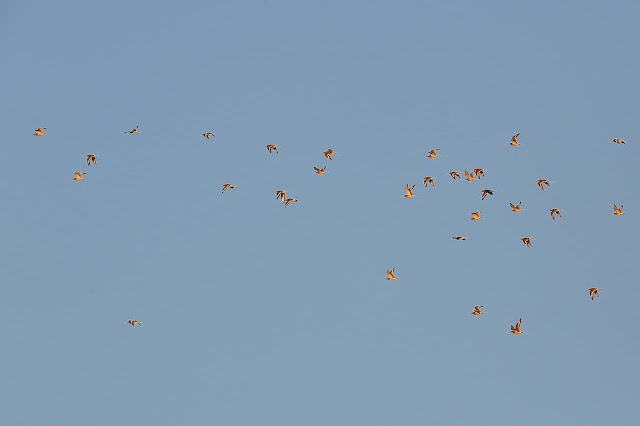

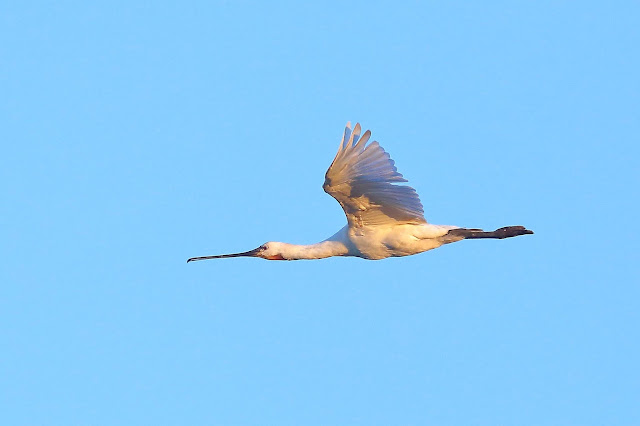








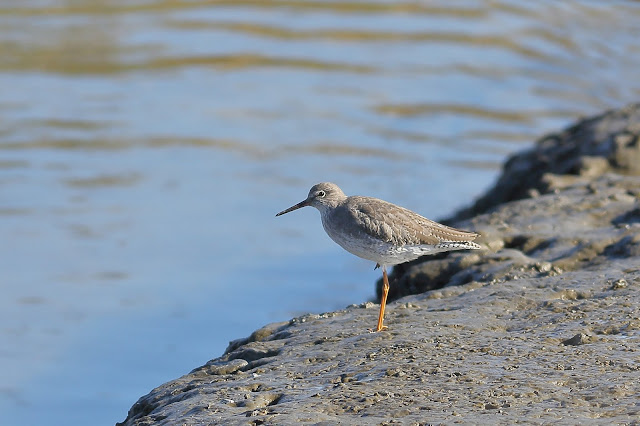




















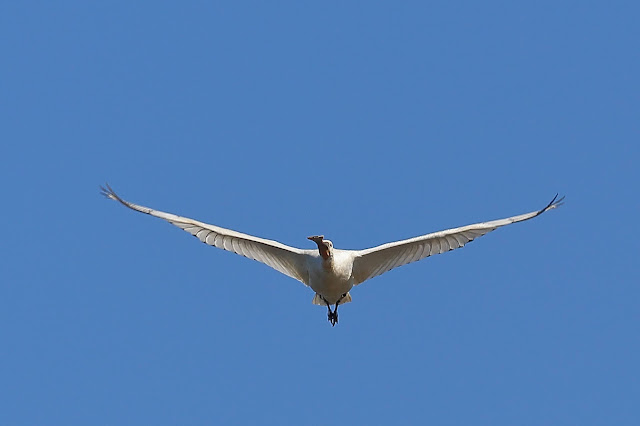


















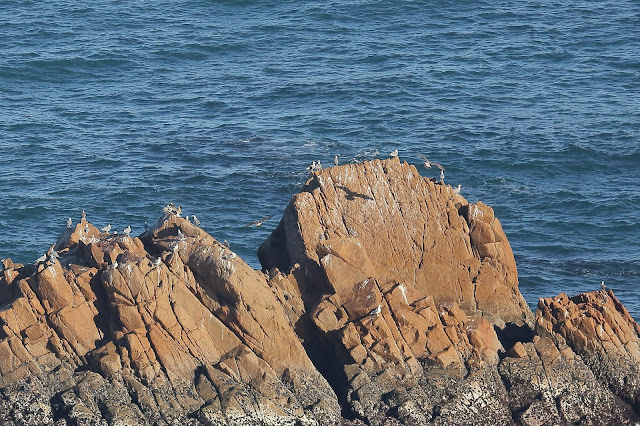














































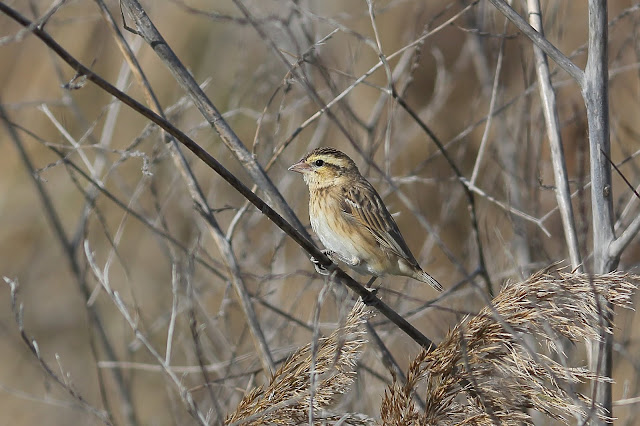


Este comentario ha sido eliminado por un administrador del blog.
ResponderEliminar